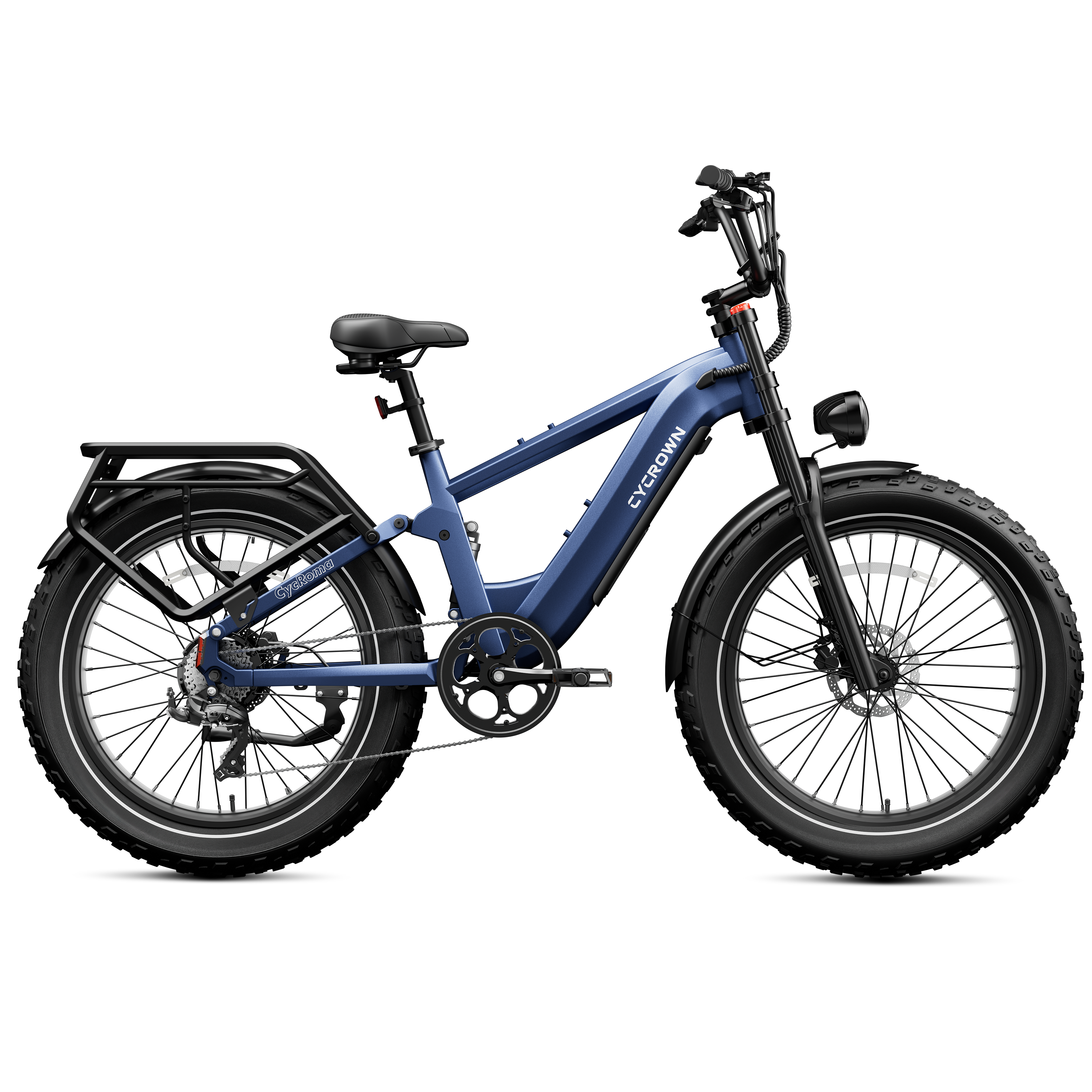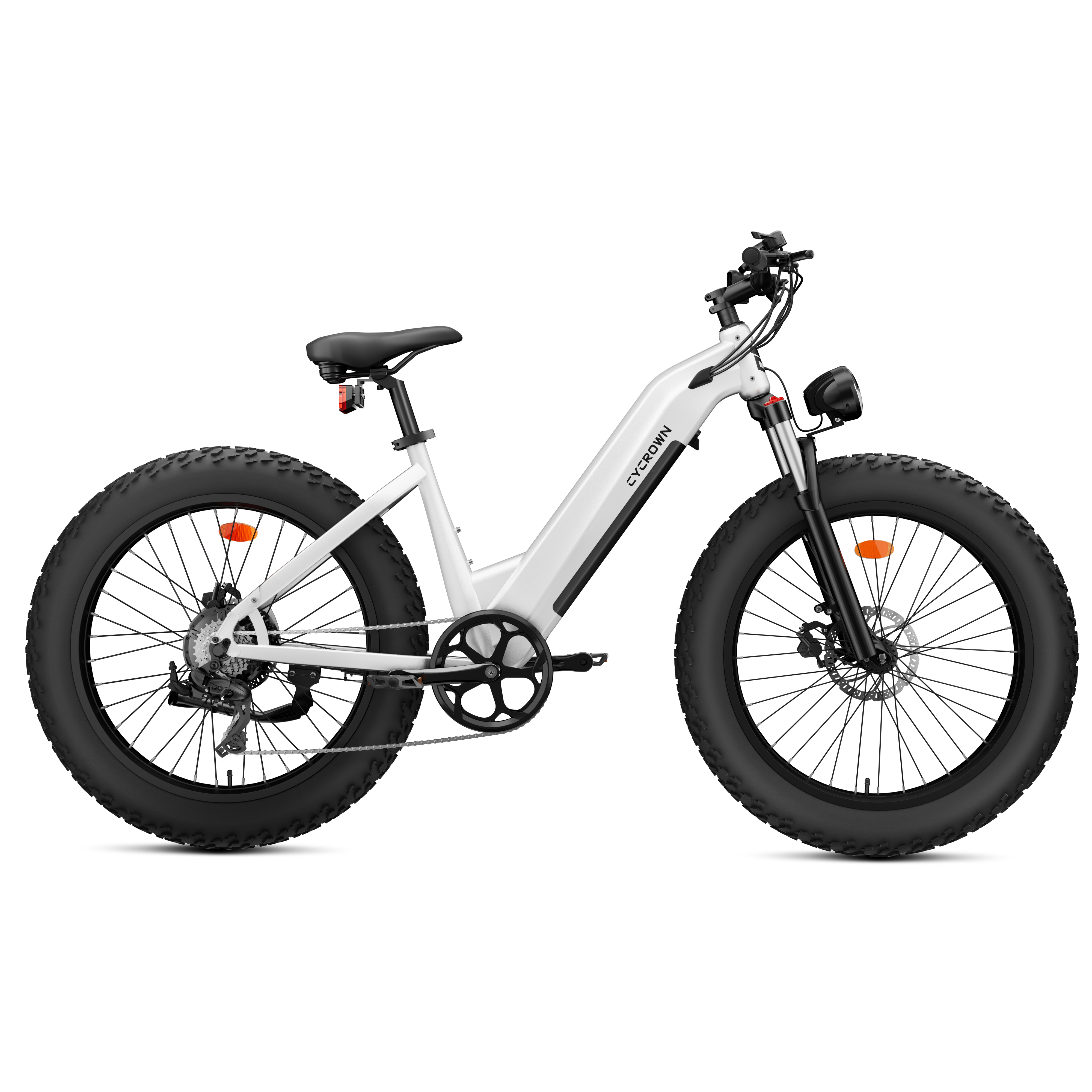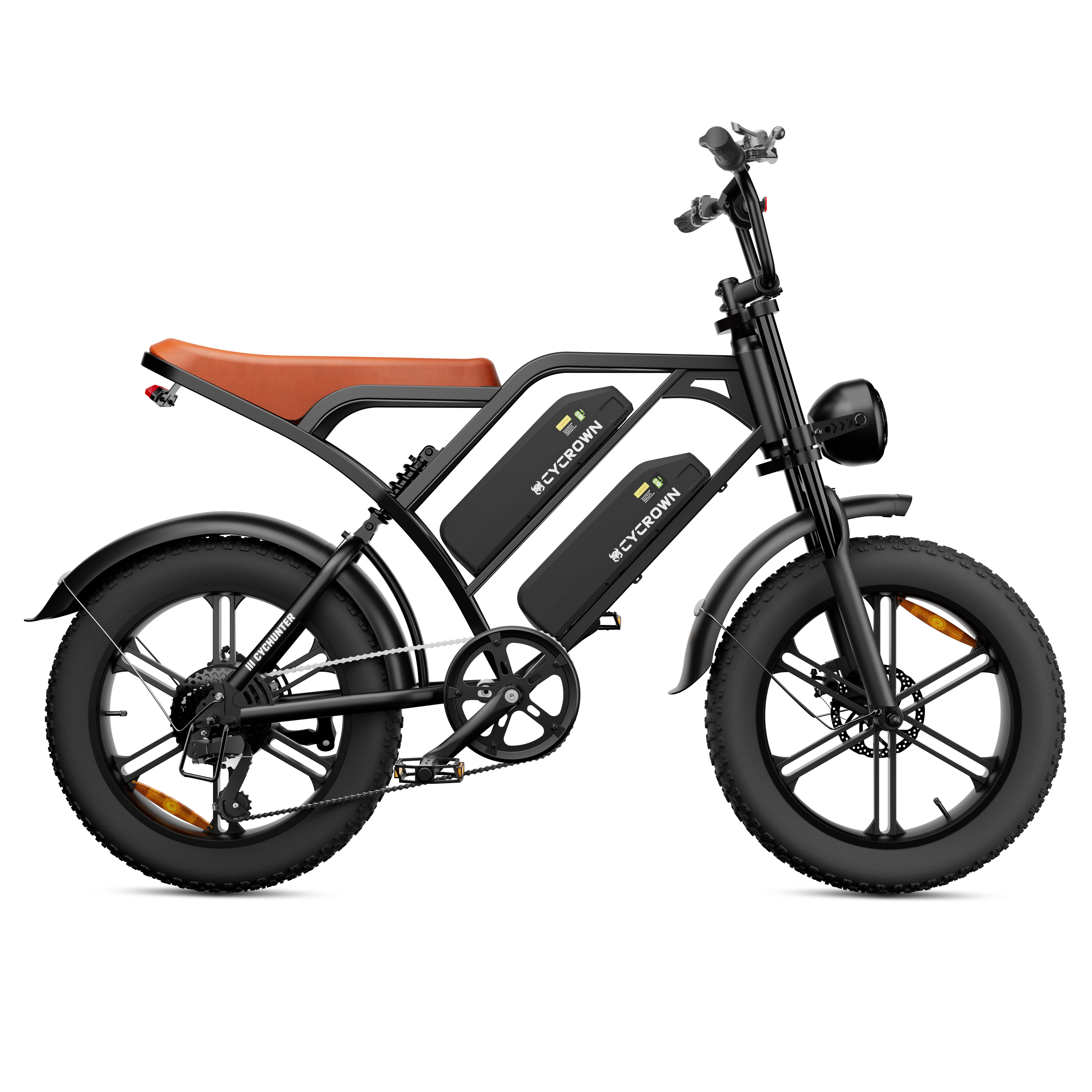If you're a parent, teaching your child how to ride a bike is an important milestone. Not only is it a fun activity, but it also helps your child develop balance, coordination, and confidence. However, it can be a daunting task if you're not sure where to start.
Our guide will discuss how to teach a kid to ride a bike. It doesn't have to be difficult. With the right approach and a little patience, you can help your child learn to ride in no time. In this article, we'll go over the steps you can take to teach your child how to ride a bike.
How To Teach a Kid to Ride a Bike: First Steps to Riding

Teaching your child how to ride a bike can be a daunting task, but with the right approach, it can be a fun and rewarding experience for both of you. In this section, we will cover the first steps to riding, including transforming the bike for initial balance and mastering the art of gliding.
Add Two Rear Wheels on the Bike for Initial Balance
Before your child can start pedaling, they need to learn how to balance on two wheels. One effective way to do this is by using a balance bike or by removing the pedals from a regular bike.
Balance bikes are designed to help children develop their balance and coordination skills, making it easier for them to transition to a regular bike.
If you choose to remove the pedals from a regular bike, make sure to lower the seat so that your child's feet can touch the ground. This will allow them to push themselves along and practice balancing without the added complexity of pedaling.
Practice Gliding
Once your child is comfortable balancing on two wheels, it's time to start practicing gliding. Gliding is the act of coasting on the bike without pedaling, using momentum to maintain balance and control.
To start, have your child push off with their feet and lift them onto the bike's footrests. Encourage them to keep their eyes up and look ahead, and remind them to use their balance to steer the bike. As they gain confidence, they can start experimenting with lifting their feet off the footrests and gliding for longer distances.
Related read: Electric Bike Safety: Tips for a Safe and Enjoyable Ride
Advancing to Pedaling
Now that your child has mastered balancing, it's time to reintroduce pedals. Follow these steps to help your child transition to a pedal bike:
Reintroduce Pedals
Start by having your child sit on the bike with their feet flat on the ground and their hands on the handlebars. Make sure the seat is adjusted to the proper height so your child can comfortably reach the pedals.
Next, have your child place one foot on a pedal and push off with the other foot to gain some momentum. Encourage them to keep their eyes forward and pedal smoothly. If they start to lose their balance, remind them to use their feet to catch themselves.
Develop Coordination for Pedaling and Balancing
Pedaling and balancing at the same time can be challenging for young children. To help them develop coordination, have them practice coasting with their feet off the ground.
This will help them get used to the feeling of balancing on two wheels while moving forward.
Once they are comfortable coasting, have them try pedaling while coasting. Encourage them to pedal smoothly and keep their eyes forward. It may take some time for them to get the hang of it, so be patient and offer plenty of encouragement.
Ensure Safety With Braking Techniques
Learning to brake is an important part of riding a bike. Teach your child how to use both the hand brake and the coaster brake (if the bike has one).
Make sure they understand that they should always use the brakes to slow down and stop, rather than dragging their feet on the ground.
How To Teach a Kid to Ride a Bike: Support and Encouragement

Teaching a child to ride a bike can be a challenging but rewarding experience for parents. As you guide your child through the learning process, it's important to offer support and encouragement to help them build confidence and enjoy the experience.
Guidance Techniques for Parents
As a parent, you can use a variety of techniques to guide your child as they learn to ride a bike.
One effective technique is to run alongside your child as they pedal, offering support and guidance as they build their balance and coordination. This technique can help your child feel more secure and reduce their fear of falling.
Another technique is to offer verbal encouragement and praise as your child makes progress. Let them know that you're proud of them and that you believe in their ability to succeed.
This can help boost their confidence and motivate them to keep trying, even when they face challenges.
Overcome Challenges Together
Learning a new skill can be challenging, and teaching a child to ride a bike is no exception. It's important to be patient and understanding as your child faces obstacles and learns from their mistakes.
Encourage them to keep trying and offer support and guidance as they work through challenges.
One way to help your child overcome challenges is to break the learning process down into smaller, manageable steps.
For example, you might start by practicing balance and coordination on a balance bike or by using training wheels. As your child becomes more confident and comfortable, you can gradually remove the training wheels and encourage them to pedal on their own.
Transition to Independent Riding
Congratulations! Your child has successfully learned how to balance and pedal on their bike. Now, it's time to transition to independent riding. This can be an exciting yet nerve-wracking time for both you and your child. However, with the right approach, your child will be confidently riding on their own in no time.
Remove Training Wheels and Build Confidence
The first step to independent riding is to remove the training wheels. This can be a scary step for your child, but it's important to remind them that they have already mastered the skills needed to ride a bike.
Encourage them to be brave and remind them that falling is a natural part of the learning process.
To build confidence, start by having your child practice riding on a flat surface without any obstacles. Once they are comfortable with this, gradually introduce them to more challenging terrain such as hills or uneven surfaces.
Encourage them to keep their eyes up and look ahead, rather than down at their feet.
Practice Consistently and Celebrate Success
Consistent practice is key to transitioning to independent riding. Encourage your child to practice regularly, even if it's just for a few minutes each day.
As they become more confident, gradually increase the amount of time they spend riding.
It's important to celebrate your child's successes, no matter how small they may seem. This will help build their confidence and motivate them to keep practicing.
Consider creating a chart or using a sticker system to track their progress. Celebrate each milestone they achieve, whether it's riding for a certain distance or mastering a new skill.
How Tp Choose the Right Equipment

When it comes to teaching your child to ride a bike, choosing the right equipment is crucial to their success. In this section, we'll discuss how to evaluate bike features and accessories, as well as the essential safety gear your child will need.
Choosing Bike Features and Accessories
The first step in choosing the right bike for your child is to consider their age and size. A child's bike should be lightweight and easy for them to maneuver.
A balance bike is a great option for younger children who are just learning to ride, as it helps them develop their balance and coordination skills. If your child is ready for a pedal bike, make sure the seat height is adjusted so that they can comfortably touch the ground with both feet.
Other features to consider include the size of the bike's wheels, the type of brakes it has, and whether or not it comes with training wheels.
While training wheels can provide extra stability for new riders, they can also make it harder for your child to learn how to balance. If you do opt for training wheels, make sure to remove them once your child is comfortable enough to ride without them.
Related read: How to Choose the Best Electric Bike?
Safety Gear Essentials
No matter what type of bike your child is riding, safety should always be a top priority.
The most important piece of safety gear is a properly fitting bike helmet. Look for a helmet that meets safety standards and has a snug but comfortable fit.
Encourage your child to wear their helmet every time they ride, even if they're just riding around the block.
Other safety gear to consider includes knee pads and gloves, which can help protect your child from scrapes and bruises in the event of a fall.
Make sure that any safety gear you purchase fits properly and is comfortable for your child to wear.
Also read: E-Bike Battery Care: Maintenance & Performance Tips
Conclusion on How To Teach a Kid to Ride a Bike
Teaching your kid to ride a bike is a fun process that helps them learn balance and gain confidence. Start them off with a balance bike to get the hang of balancing, and when they're ready, add pedals. Encourage them with patience and keep the practice going. This will make sure they enjoy learning and keep trying, even if they fall a few times.
In the end, seeing your child pedal away with confidence and joy is a moment of pride for any parent. Equip them with the right tools and safety gear to make the learning process smoother.
Frequently Asked Questions
What is the best age to start teaching a child to ride a bike?
The best age to start teaching a child to ride a bike is between four and six years old. At this age, children have developed enough physical coordination, strength, and balance to learn how to ride a bike.
How can I teach my child to ride a bike using the towel method?
The towel method is a popular technique for teaching children how to balance on a bike. Here's how to do it:
- Remove the pedals from the bike.
- Have the child sit on the bike seat with their feet on the ground.
- Hold the bike steady while the child grips the handlebars.
- Place a towel around the child's waist and hold onto it from behind.
- Have the child practice balancing on the bike by lifting their feet off the ground and gliding.
Is it better to teach a child to ride a bike with or without training wheels?
It is better to teach a child to ride a bike without training wheels. Training wheels can create a false sense of security and prevent the child from learning how to balance on the bike. Instead, start with a balanced bike or remove the pedals from a regular bike.
How long does it typically take for a child to learn to ride a bike?
It typically takes a child between 30 minutes to a few hours of practice to learn how to ride a bike. However, every child is different, and some may take longer to learn.
How do I get my child interested in riding a bike?
To get your child interested in riding a bike, make the experience fun and positive.
Start with a balance bike for young children to build confidence, ride a bike yourself to set an example.
Also, involve them in choosing their bike and gear, create enjoyable family bike outings, and praise their progress without pressuring them. Keep the learning experience stress-free and enjoyable.
What are some effective techniques for teaching a child to balance on a bike?
Some effective techniques for teaching a child to balance on a bike include:
- Starting with a balance bike or removing the pedals from a regular bike.
- Using the towel method to help the child practice balancing.
- Having the child practice gliding and lifting their feet off the ground.
- Encouraging the child to look straight ahead and focus on a fixed point in the distance.










